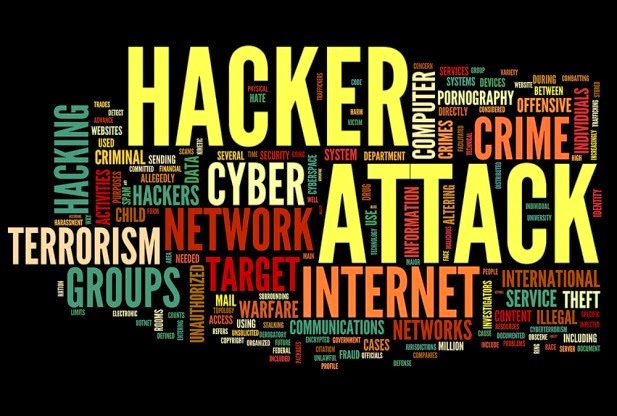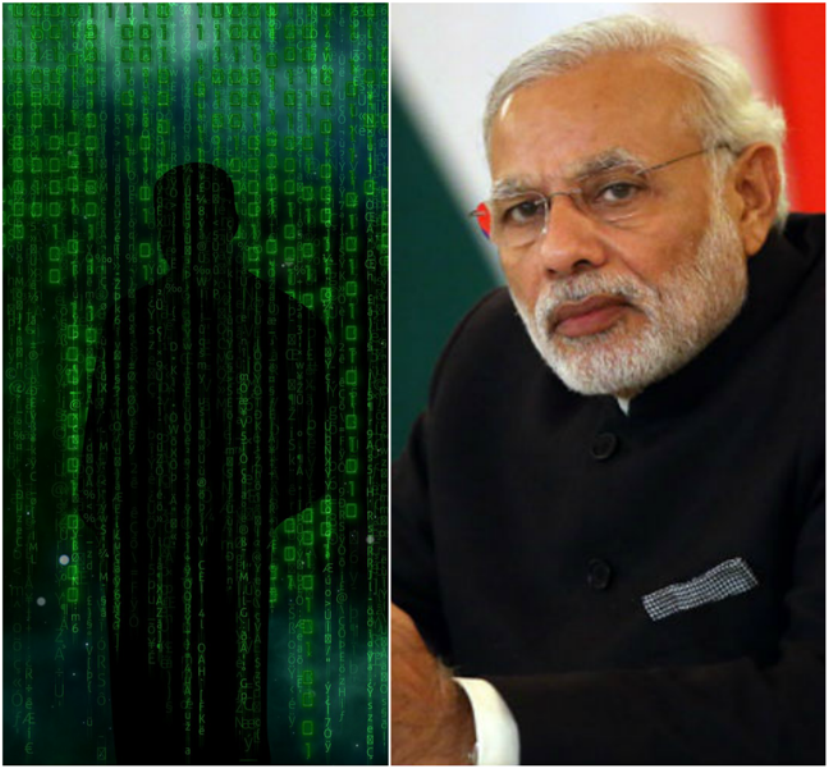Cyber Crime Costs The World Almost US$600 Billion a Year: Report
Bengaluru: Stories of how people see their hard-earned money in banks suddenly vanishing or how they get duped through phishing are almost a daily affair. Now a new research report says organized cyber thieves siphon off a whopping $445-600 billion globally per year.
Research from Michigan State University has revealed how organized groups function and work together as an ‘industry’ to wreak financial damage to institutions and individuals.
According to Thomas Holt, MSU professor of criminal justice and co-author of the study, “there are different nation-states and groups engaging in cybercrime, but the ones causing the most damage are loose groups of individuals who come together to do one thing, do it really well – and even for a period of time – then disappear.”
The difference between ordinary crime and cybercrime is that in the online space, it is a very difficult trail to follow.
“We found that these cyber criminals work in organizations, but those organizations differ depending on the offense. They may have relationships with each other, but they’re not multi-year, multi-generation, sophisticated groups that you associate with other organized crime networks,” said Holt.
Organized cybercrime networks are made up of hackers coming together because of functional skills that allow them to collaborate to commit the specific crime. So, if someone has specific expertise in password encryption and another can code in a specific programming language, they work together because they can be more effective – and cause greater disruption – together than alone.
Many of these criminals find one another through extensive online presence. In some of the bigger cases, there’s a core group of actors who know one another really well, who then develop an ancillary network of people who can convert the information that they obtained into actual cash.
Beyond accessing credit cards and banking information, the research found that cybercriminals also worked together to create fake documents so they could obtain money from banks under fraudulent identities.
The research, published in the International Journal of Offender Therapy and Comparative Criminology, also debunks common misconceptions that sophisticated organized criminal networks – such as the Russian mafia – are the ones creating cybercrime, a note put out by the university said.
The future looks bleak and scary. “As things move to the dark web and the use cryptocurrencies and other avenues for payment, hacker behaviors change and become harder to fully identify, it’s going to become harder to understand some of these relational networks. We hope to see better relationships between law enforcement and academia, better information sharing, and sourcing so we can better understand actor behaviors,” Holt said in the research paper.
Holt and lead author E. R. Leukfeldt, a researcher at the Netherlands Institute for the Study of Crime and Law Enforcement, reviewed 18 cases from the Netherlands in which individuals were prosecuted for cases related to phishing. Data came directly from police files and was gathered through wire and IP taps, undercover policing, observation and house searches.
Original paper is available online at https://journals.sagepub.com/doi/full/10.1177/0306624X19895886)














































